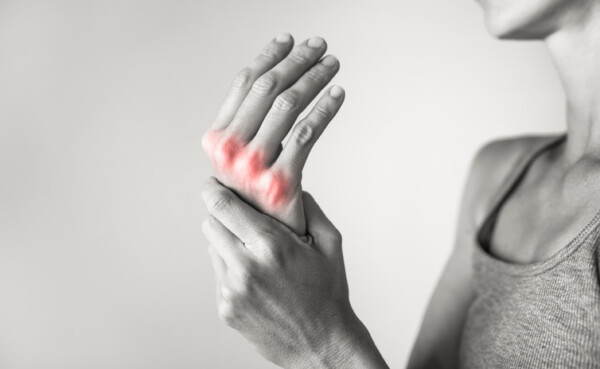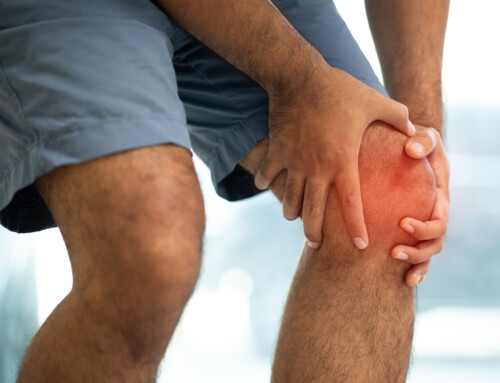By: Claire Connolly, SPT
Living with rheumatoid arthritis (RA) is akin to navigating a daily battlefield where joint pain, stiffness, and fatigue become constant companions. This chronic autoimmune condition not only affects the joints but also takes a toll on one’s overall quality of life. While there is no cure for RA, there is hope and relief to be found in the realm of physical therapy.
Understanding Rheumatoid Arthritis:
Rheumatoid arthritis is an autoimmune disorder where the body’s immune system mistakenly attacks its
own joints, leading to inflammation, pain, and potential joint damage. The relentless nature of RA can make even simple, everyday tasks feel like insurmountable challenges.
Enter Physical Therapy:
Physical therapy emerges as a beacon of hope for those grappling with the impact of rheumatoid arthritis. The primary goal of physical therapy in RA management is to enhance mobility, alleviate pain, and empower individuals to reclaim control over their lives.
Pain Management Through Movement:
Physical therapists employ a variety of techniques to address pain, incorporating joint mobilization, soft tissue massage, and temperature therapies. Customized exercise programs, designed with the specific needs and limitations of the individual in mind, play a pivotal role in pain management.
Preserving and Improving Joint Function:
RA often leads to stiffness and reduced range of motion in the affected joints. Physical therapists work closely with individuals to develop exercises that not only preserve joint function but also enhance flexibility. Strengthening exercises target the muscles around affected joints, offering support and stability.
Adaptive Strategies for Daily Living:
During physical therapy individuals are provided guidance on adaptive strategies for daily living. This may include educating individuals on proper posture, body mechanics, and the use of assistive devices to make tasks more manageable.
A Holistic Approach:
Physical therapy goes beyond the physical aspects of RA. Therapists offer education on the condition itself, helping individuals comprehend and manage their symptoms effectively. Moreover, they address the emotional toll of living with a chronic condition, introducing coping strategies and stress management techniques.
Conclusion:
In the realm of rheumatoid arthritis, physical therapy serves as a guiding light, ushering individuals toward a path of increased mobility and improved quality of life. By embracing the multifaceted benefits of physical therapy, those living with RA can embark on a journey towards freedom, transcending the limitations imposed by their condition and rediscovering the joy of movement.
References:
- Bullock J, Rizvi SAA, Saleh AM, et al. Rheumatoid arthritis: A brief overview of the treatment. Med Princ Pract. 2018;27(6):501-507. doi:10.1159/000493390
- Peter WF, Swart NM, Meerhoff GA, Vliet Vlieland TPM. Clinical practice guideline for physical therapist management of people with rheumatoid arthritis. Phys Ther. 2021;101(8):zab127. doi:10.1093/ptj/pzab127
- Park Y, Chang M. Effects of rehabilitation for pain relief in patients with rheumatoid arthritis: a systematic review. J Phys Ther Sci. 2016;28(1):304-308. doi:10.1589/jpts.28.304
- van Wissen MAT, Gademan MGJ, Vliet Vlieland TPM, et al. Physical therapy in patients with rheumatoid arthritis and axial spondyloarthritis: the patients’ perspective. Scand J Rheumatol. 2023;52(6):609-618. doi:10.1080/03009742.2023.2195726



